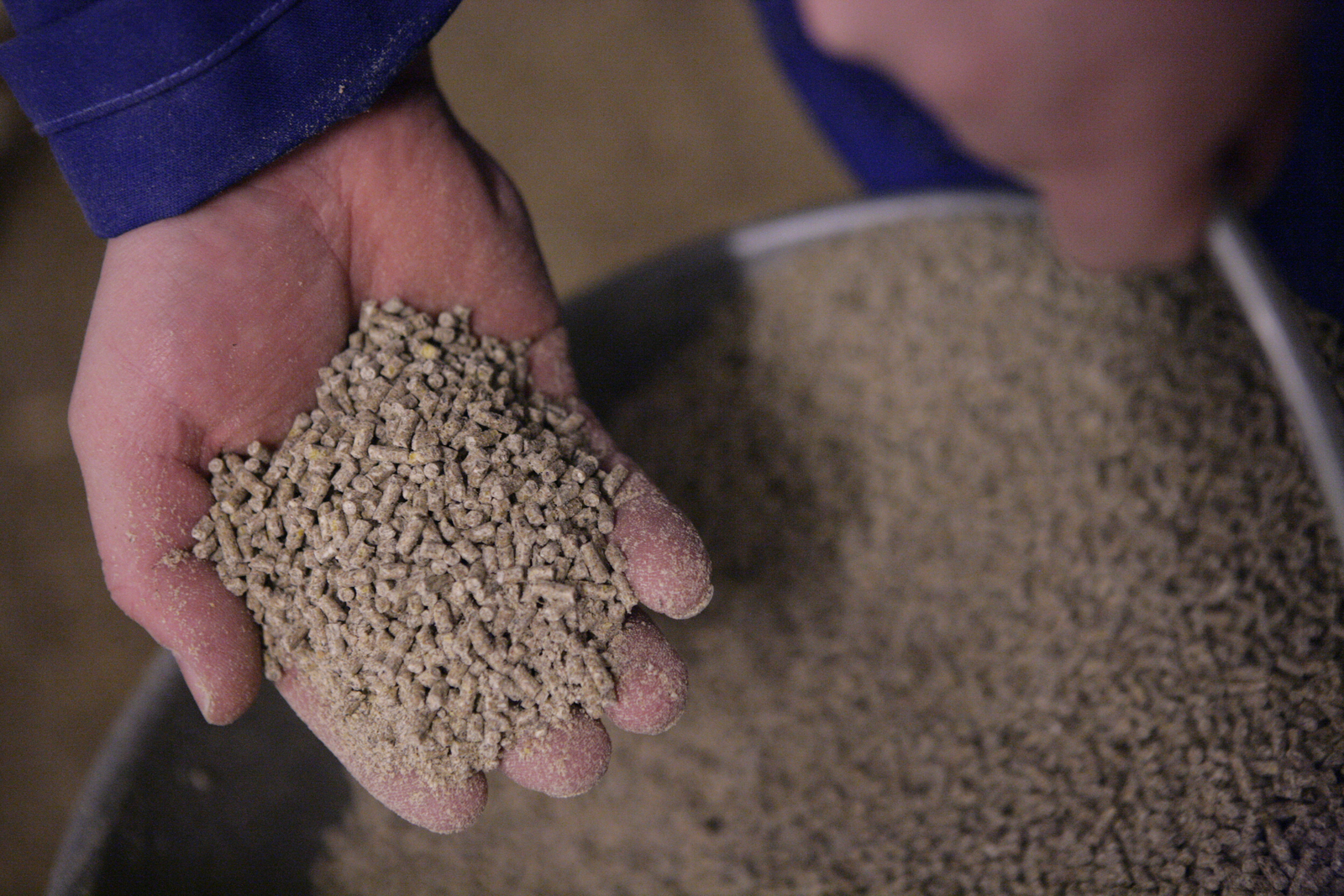Finding the balance in layer feed composition

A test on the effects of physical feed form and feed particle size on the performance and egg quality of laying hens was conducted at the Islamic Azad University in Iran.
A total of 480 Hy-line (W-36) hens at 27 weeks of age were assigned to six treatments in eight replicates per treatment and 10 birds per replicate.
The factors examined were on physical feed form: mash and pellet, as well as on corn particle size: fine, medium and coarse with 3, 6 and 9 mm screen size.
Hens fed fine mash diets appeared to show 1.3-3.7 lower egg production compared to other treatments. Feed intake and egg weight were superior in hens fed pelleted diets, compared with those on mash diets. Feed intake was lower for hens fed fine-ground corn (3-mm screen) than for hens fed medium and coarse ground corn in mash diets, but not in pellet diets. Feed conversion ratio (FCR) was higher for hens fed pellets than for hens fed mash. The FCR was improved in hens fed coarse mash compared to hens fed pellet with fine corn particles.
There was a decreasing trend in FCR with increasing corn particle size. Hens fed the pellet diets showed increased bodyweight gain. Egg shell percentage was significantly reduced when screen size was increased from 6 to 9 mm. Pellet feed decreased albumen and increased yolk percentage and Haugh unit compared to mash feed. Increasing screen size from 3 to 9 mm enhanced Haugh unit.
Results of this experiment showed that, although egg weight and feed intake were increased, FCR was worse for pellet diets. Increasing corn particle size tended to improve performance parameters. Feed form and particle size had significant effects on egg quality.
Source: S.N. Mousavi, Department of Animal Science, Islamic Azad University, Varamin, Iran
Proceedings of the XIVth European Poultry Conference, June 2014, Stavanger, Norway











